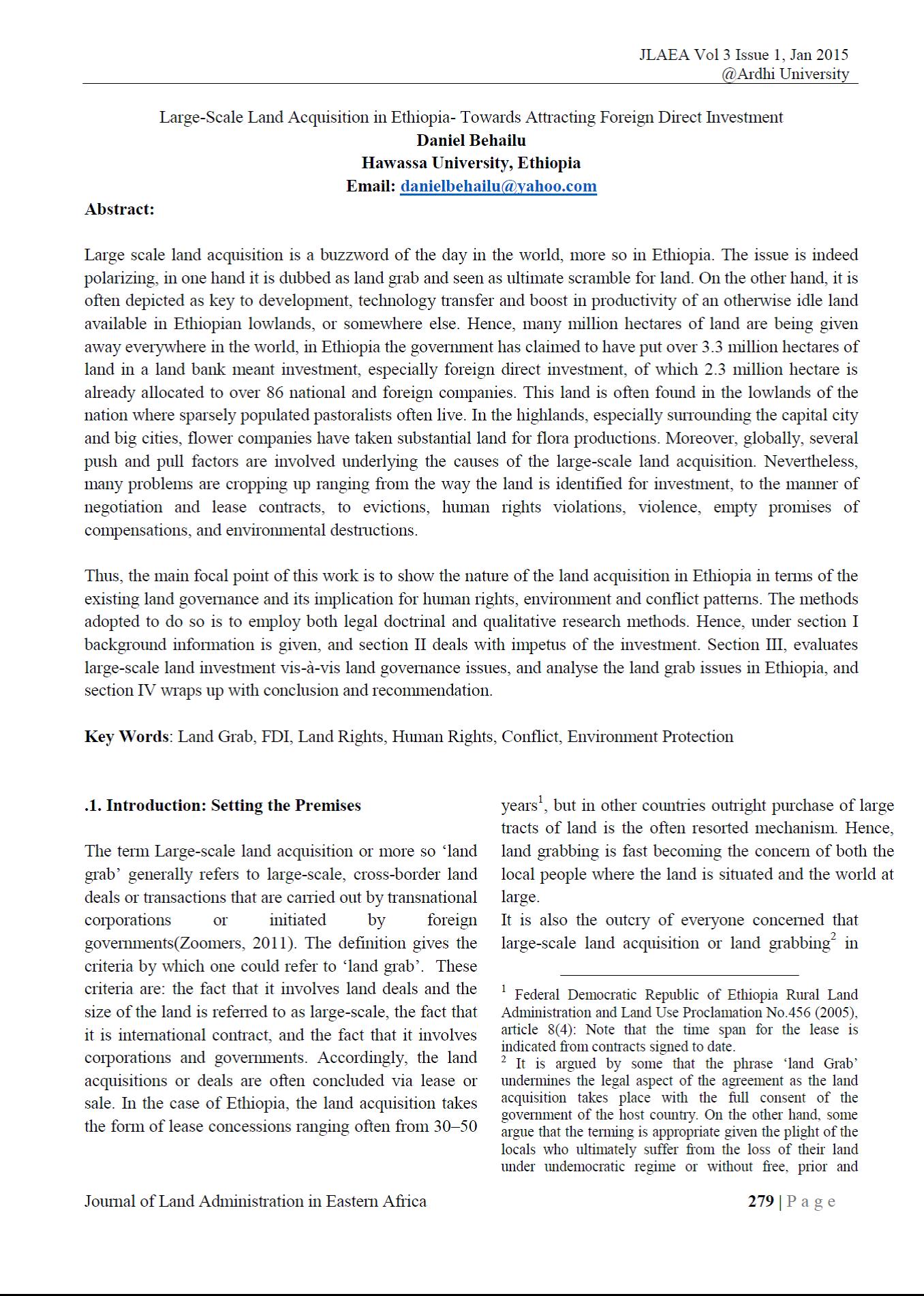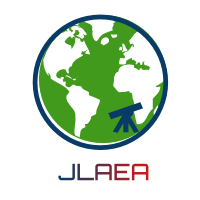Resource information
Large scale land acquisition is a buzzword of the day in the world, more so in Ethiopia. The issue is indeed polarizing, in one hand it is dubbed as land grab and seen as ultimate scramble for land. On the other hand, it is often depicted as key to development, technology transfer and boost in productivity of an otherwise idle land available in Ethiopian lowlands, or somewhere else. Hence, many million hectares of land are being given away everywhere in the world, in Ethiopia the government has claimed to have put over 3.3 million hectares of land in a land bank meant investment, especially foreign direct investment, of which 2.3 million hectare is already allocated to over 86 national and foreign companies. This land is often found in the lowlands of the nation where sparsely populated pastoralists often live. In the highlands, especially surrounding the capital city and big cities, flower companies have taken substantial land for flora productions. Moreover, globally, several push and pull factors are involved underlying the causes of the large-scale land acquisition. Nevertheless, many problems are cropping up ranging from the way the land is identified for investment, to the manner of negotiation and lease contracts, to evictions, human rights violations, violence, empty promises of compensations, and environmental destructions.
Thus, the main focal point of this work is to show the nature of the land acquisition in Ethiopia in terms of the existing land governance and its implication for human rights, environment and conflict patterns. The methods adopted to do so is to employ both legal doctrinal and qualitative research methods. Hence, under section I background information is given, and section II deals with impetus of the investment. Section III, evaluates large-scale land investment vis-à-vis land governance issues, and analyse the land grab issues in Ethiopia, and section IV wraps up with conclusion and recommendation.


